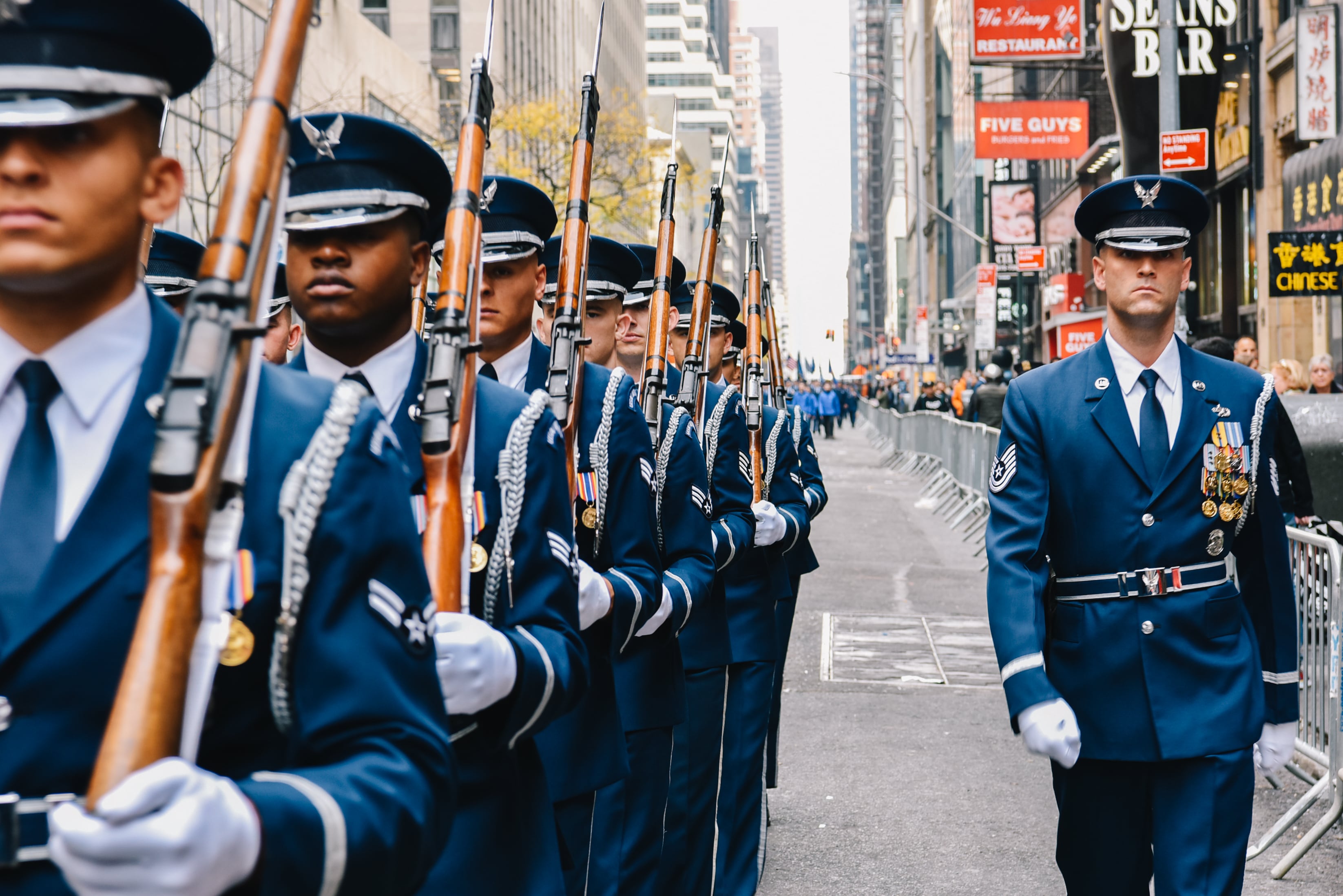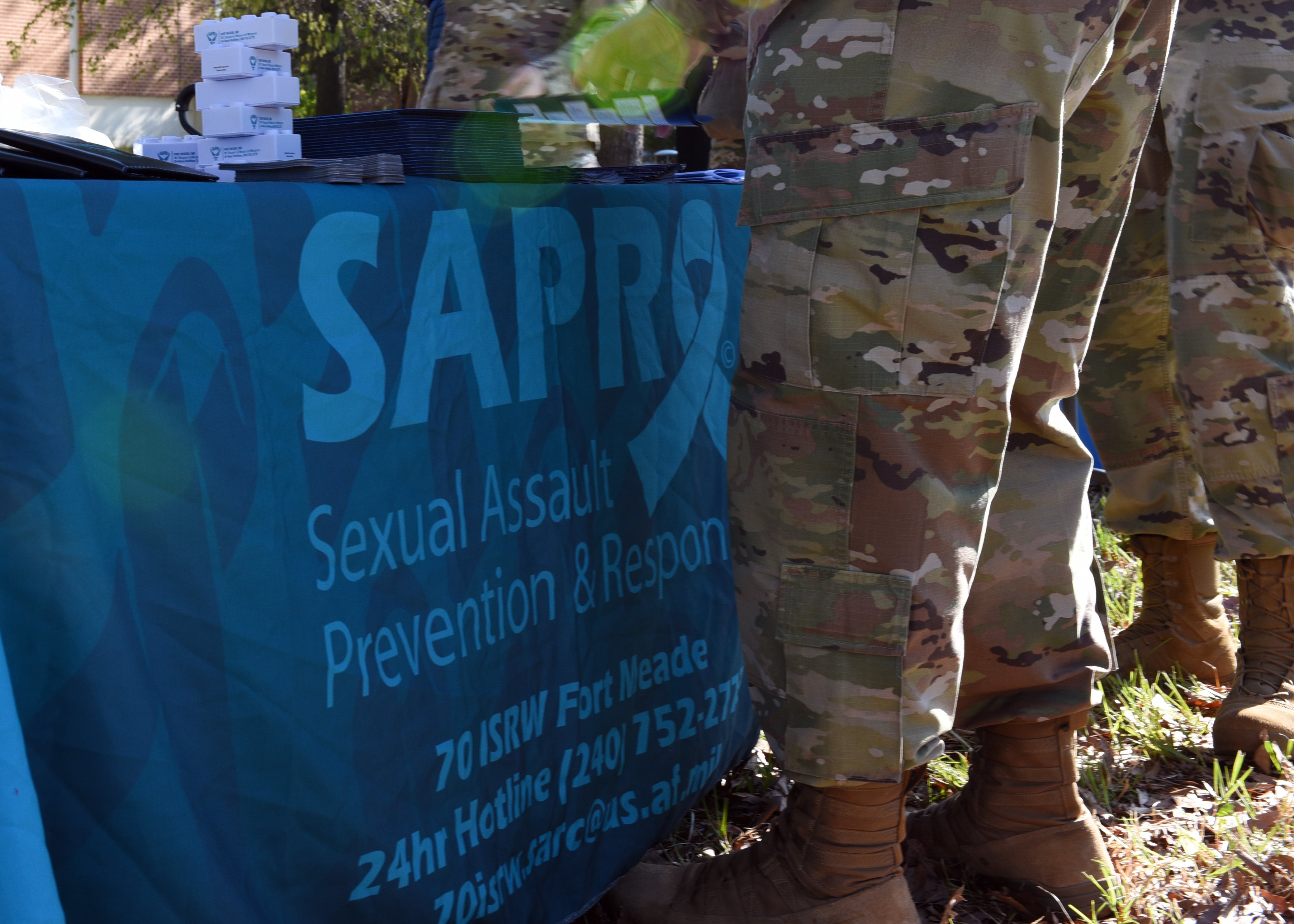HONOLULU — Critics of the Army's decision to base light-armored Stryker vehicles on Oahu are hailing the cost savings and environmental benefits they expect from a move to send them out of Hawaii.
The military introduced the Stryker in 1999 as the cornerstone of a ground force of the future. They make up faster, more agile armored brigades than tanks, yet provide more firepower and protection than infantry units.
The Army began transforming an existing infantry brigade on Oahu into a Stryker brigade in 2005. Construction costs for a new training range and other facilities were estimated at $700 million at the time. On Friday, the Honolulu Star-Advertiser reported the brigade transformation cost the military $1.5 billion.
Retired Army Col. Al Frenzel said he's glad the Army "was honest enough with itself to make this decision" to take it out of Hawaii.
Frenzel noted the Army has been unable to qualify Stryker company commanders and their units on Oahu because it lacks an adequate training range on the island. Instead, the Army has been shipping Strykers to the Big Island for training at Pohakuloa.
"The people of Hawaii made a good point: If you can't deploy a Stryker brigade, and you can't train a Stryker brigade and it's expensive to have a Stryker brigade here, what the hell is it doing here?" said Frenzel, a logistics expert whose last military assignment was teaching at the U.S. Army War College.
The Army said Thursday that it would turn Hawaii's Stryker brigade back into an infantry brigade as part of broader Army-wide spending cuts that will reduce the number of active-duty soldiers by 40,000. Hawaii will lose a net 1,200 soldiers at Schofield.
U.S. Army Pacific said the change would increase readiness, cut the costs of transporting Stryker vehicles and improve training opportunities with U.S. partner and allies.
Earthjustice attorney David Henkin noted an environmental impact statement close to a decade ago found the vehicles would erode land and pose risks to endangered species and cultural sites in Hawaii. The environmental report found the brigade's maneuver training would cause more soil erosion in Hawaii and Colorado than in Alaska.
It would have been better if the Army had decided then not to put Strykers in Hawaii, Henkin said. But the announcement was still great news, he said.
"It is not too late to stop continued degradation. So better late than never I guess," Henkin said.
Henkin represented three groups who successfully sued the Army to compel it to conduct an environmental study comparing potential sites for the brigade.
William Aila, who was part of Na Imi Pono, one of the plaintiff groups, said he hoped the decision would lead to a smaller training footprint in Hawaii. Aila said he hopes the Army will return lands it no longer needs for training.





